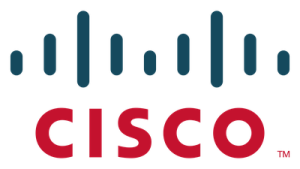Flaw in popular door controllers allow hackers to easily unlock secure doors
Doors that provide access into secure areas in airports, hospitals, government facilities and other organizations can easily be opened by hackers due to a vulnerability into a popular brand of networked door controllers.The flaw exists in the widely used VertX and Edge lines of door controllers from HID Global, one of the world's largest manufacturers of smartcards, card readers and access control systems.HID's VertX and Edge controllers can be remotely managed over the network and have a service called discoveryd (discovery daemon) that listens to UDP probe packets on port 4070, according to Ricky Lawshae, a researcher with Trend Micro's newly acquired DVLabs division.To read this article in full or to leave a comment, please click here

 Nothosauraus promises to be an open source heavyweight.
Nothosauraus promises to be an open source heavyweight. It’s all about on-demand Ethernet services.
It’s all about on-demand Ethernet services.